13 States Where Snakebites Are Common + 4 Safety Tips For Hikers
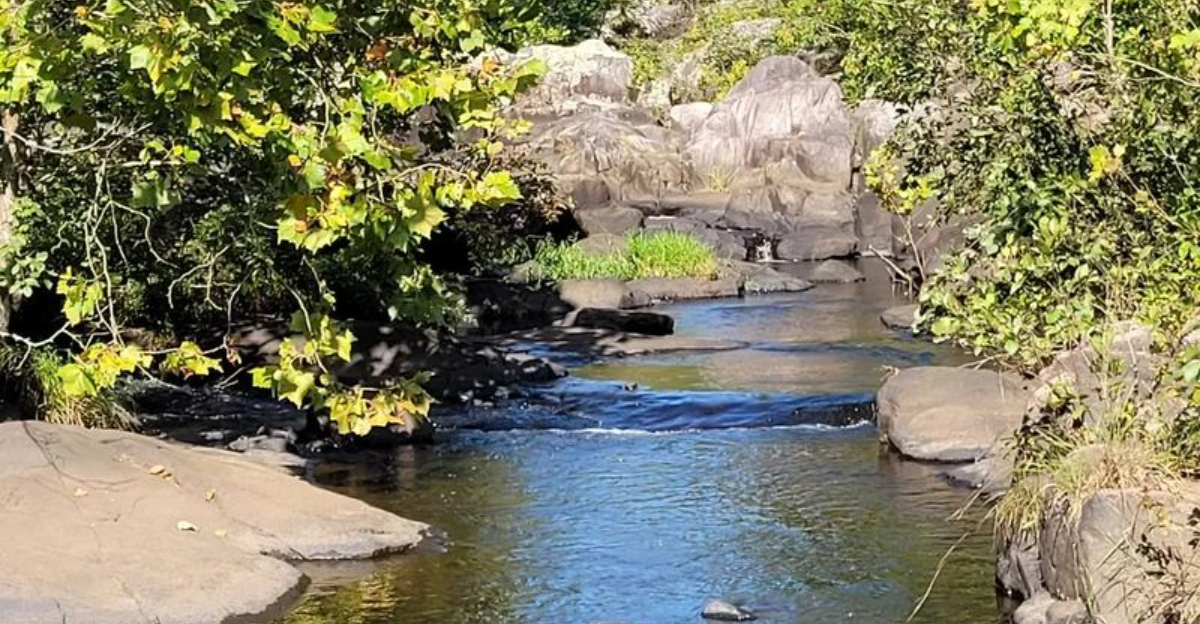
Whether you’re trekking through the deserts of the Southwest or exploring the lush forests of the South, keeping an eye out for slithering surprises is crucial. States like Texas, Arizona, and North Carolina report some of the highest numbers of venomous snakebites each year not because snakes are out to get you, but because hikers often unknowingly wander too close.
So, what can you do? Stick to marked trails, avoid tall grass and rock crevices, and always watch where you place your hands and feet. Wearing high boots and using trekking poles can also reduce your risk. And if you do encounter a snake, stay calm—most bites happen when people try to handle or harass them.
Do you know how to identify a rattlesnake’s warning sound or what to really do if bitten? A little knowledge can make the difference between a scary story and a safe return home.
1. Texas Dry Terrain
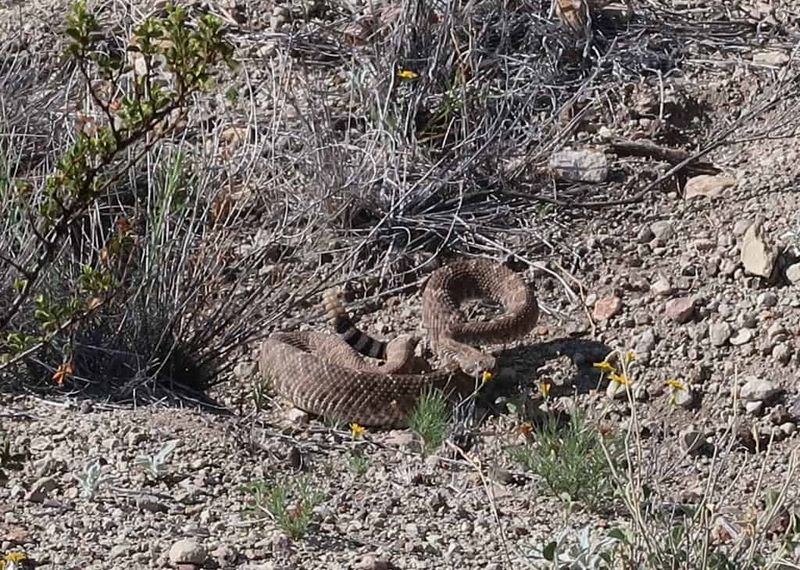
Texas leads the nation in snakebite incidents, with its vast dry terrain creating perfect habitats for rattlesnakes, copperheads, and coral snakes. The Lone Star State’s combination of heat and rocky landscapes provides ideal conditions for these reptiles to thrive.
Hikers exploring areas like Big Bend National Park or Enchanted Rock should remain particularly vigilant. Morning and evening hours present the highest risk as snakes emerge to regulate their body temperature.
Did you know? Texas is home to 15 venomous snake species – more than any other state in the country. The western diamondback rattlesnake, responsible for most bites, can strike at distances up to two-thirds of its body length.
2. Wear High Boots (Safety Tip)
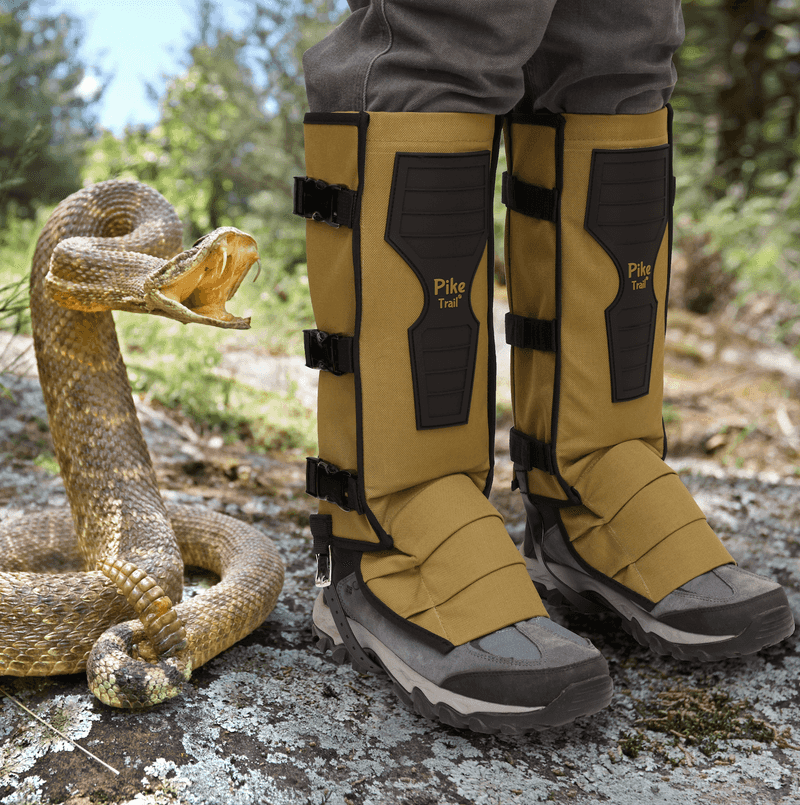
High boots provide crucial protection against potential snakebites, creating a physical barrier that many snake fangs cannot penetrate. When selecting hiking boots, look for options that cover your ankles and extend at least 6-8 inches up your calf.
Leather or thick synthetic materials offer the best protection. Snake gaiters can provide additional coverage when hiking through high-risk areas. These specialized protective coverings extend from your ankle to your knee.
I’ve found that while no footwear is completely snakeproof, proper boots significantly reduce your risk. Remember to always check your boots before putting them on in the morning – snakes occasionally seek shelter in footwear left outside overnight!
3. Florida Swampy Trails

Florida’s unique ecosystem of swamps, marshes and subtropical forests creates perfect conditions for venomous snake encounters. The eastern diamondback rattlesnake, cottonmouth, and coral snake thrive in these humid environments, particularly in the Everglades and along the state’s numerous waterways.
Hikers exploring the Florida Trail often report close calls with these reptiles. Water moccasins pose a special threat as they’re excellent swimmers and can be territorial when surprised.
When trekking through Florida’s swampy areas, stick to established paths and avoid reaching into vegetation or stepping over logs without checking first. The wet, dense undergrowth offers perfect hiding spots for snakes seeking both prey and protection from predators.
4. Don’t Reach Into Brush (Safety Tip)
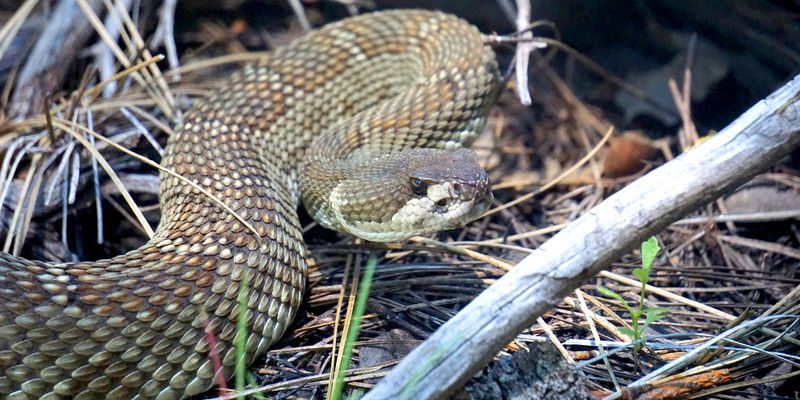
Reaching blindly into brush, rock piles, or hollow logs is one of the most common ways hikers get bitten by snakes. These natural features provide perfect hiding spots for snakes seeking shelter, hunting, or regulating their body temperature.
If you drop something into dense vegetation, use a hiking pole or long stick to retrieve it rather than your hands. This simple precaution keeps your vulnerable fingers and wrists away from potential danger zones.
Are you looking for the perfect spot to rest? Always check thoroughly before sitting on logs or rocks. Shake out sleeping bags and check boots each morning. Snakes seek warmth and shelter, making your camping gear an attractive temporary home during chilly nights.
5. Arizona Desert Paths
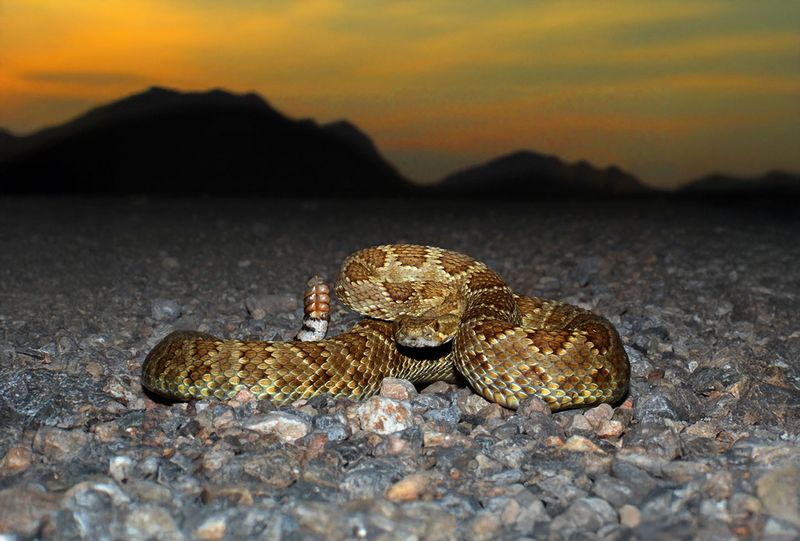
Arizona’s desert landscape harbors an impressive variety of venomous serpents, with 13 species of rattlesnakes calling the state home. The Sonoran Desert, with its iconic saguaro cacti and rocky outcroppings, provides perfect hunting and basking grounds for these reptiles.
Hikers exploring popular trails near Phoenix, Tucson, or Sedona frequently encounter Mojave rattlesnakes and sidewinders. These snakes are most active during dawn and dusk in summer months, when temperatures become more tolerable.
When navigating Arizona’s desert paths, scan the trail ahead constantly and listen for the distinctive warning rattle. Many bites occur when hikers accidentally step on or near camouflaged snakes. The Grand Canyon State’s combination of heat and limited water sources concentrates both wildlife and hikers along similar routes.
6. North Carolina Woodlands
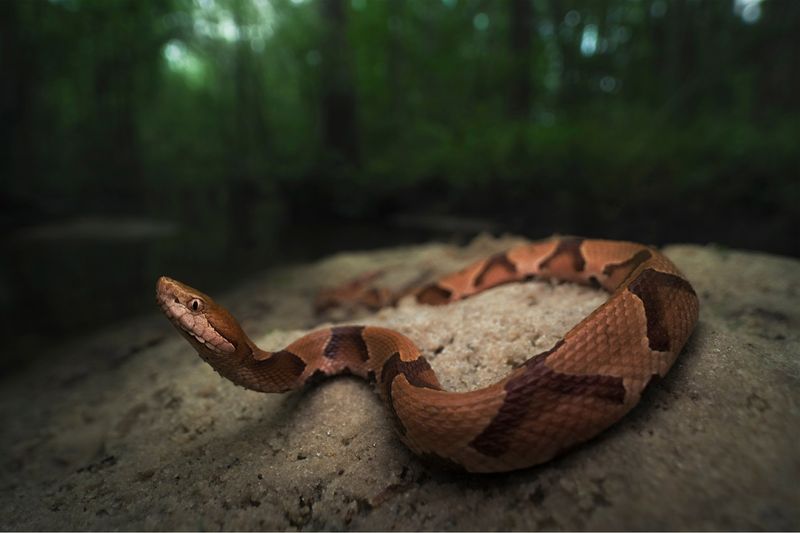
North Carolina’s diverse woodland habitats shelter several venomous snake species, with copperheads causing the majority of bites. These copper-colored ambush predators blend perfectly with fallen leaves on forest floors, making them nearly invisible to unsuspecting hikers.
The Appalachian Trail sections running through North Carolina present particular hazards during warmer months. Timber rattlesnakes also inhabit these higher elevations, though they typically avoid human contact when possible.
Hikers exploring the state’s beautiful Pisgah National Forest or Blue Ridge Parkway trails should watch their step carefully, especially around rock outcroppings and leaf litter. Morning sun brings these cold-blooded creatures to trail edges where they warm themselves, creating perfect conditions for accidental encounters with humans seeking the same scenic paths.
7. Georgia Thick Undergrowth

Georgia’s combination of humidity, dense vegetation, and diverse ecosystems creates ideal conditions for several venomous snake species. Copperheads are the most commonly encountered, particularly in the thick undergrowth of the state’s northern mountains and piedmont region.
Hikers exploring popular trails in the Chattahoochee National Forest often report close encounters during summer months. The eastern diamondback rattlesnake, North America’s largest venomous snake, inhabits Georgia’s coastal areas and southern pine forests.
When trekking through Georgia’s wilderness, pay special attention to fallen logs, rock crevices, and leaf-covered areas where snakes might rest. The state’s long growing season and abundant rainfall create year-round snake activity, though spring brings heightened movement as snakes emerge from winter dormancy to feed and mate.
8. Be Aware Near Water (Safety Tip)

Water sources attract both hikers and snakes, creating potential danger zones on any trail. Cottonmouths and water snakes frequently bask on rocks, logs, or shorelines near streams, lakes, and ponds, especially during morning hours when they’re seeking warmth.
If you’re filtering water or taking a break near water sources, thoroughly scan the area before settling in. Look for distinctive snake shapes or movement in shallow water edges or on sunny banks.
During hot weather, snakes seek cooler temperatures near water just like humans do. I always recommend keeping at least five feet between yourself and any shoreline vegetation when possible. Some species, particularly cottonmouths, can be territorial when surprised and may stand their ground rather than retreat when encountered.
9. California Sunny Slopes
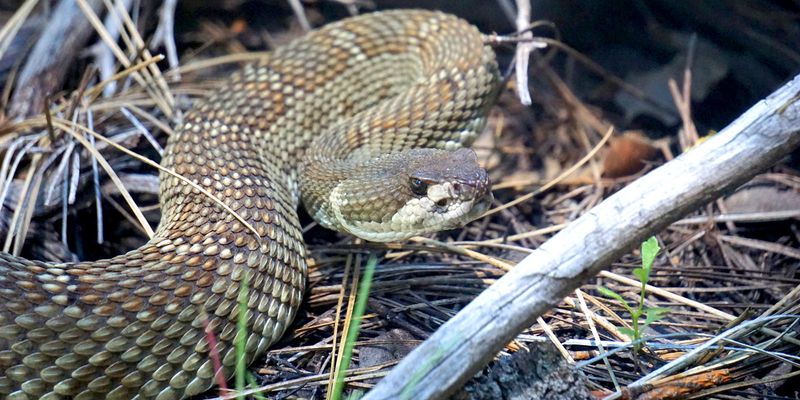
California’s diverse landscapes harbor 7 venomous snake species, with the Southern Pacific rattlesnake responsible for most bites. The state’s sunny slopes, particularly in Southern California’s chaparral and the Sierra foothills, provide perfect basking spots for these reptiles.
Hikers exploring popular trails in areas like Joshua Tree National Park, Mount Diablo, or the Santa Monica Mountains should remain vigilant, especially on warm mornings. Rattlesnakes often position themselves alongside trails to absorb heat from both the sun and the warmed ground.
When hiking California’s beautiful terrain, watch for snakes stretched across trails or coiled under shrubs. The Mojave green rattlesnake, found in the state’s southeastern deserts, possesses particularly potent venom that affects both the nervous system and tissue, making it especially dangerous to outdoor enthusiasts.
10. Louisiana Bayou Areas

Louisiana’s bayou regions create perfect habitats for water-loving venomous snakes, particularly the aggressive cottonmouth. These semi-aquatic predators thrive in the state’s swamps, marshes, and slow-moving waterways, often spotted basking on partially submerged logs or swimming with their distinctive heads held above water.
Hikers exploring trails in places like Kisatchie National Forest or Jean Lafitte National Park face increased risk during warmer months. The state’s high humidity and abundant water sources mean snake encounters can happen year-round, though activity peaks during spring and fall.
When traversing Louisiana’s unique landscapes, pay special attention when crossing boardwalks or approaching water edges. Cottonmouths, unlike many snakes, may stand their ground when encountered rather than fleeing, making them particularly hazardous to hikers who accidentally invade their territory.
11. Oklahoma Rocky Trails

Oklahoma’s diverse terrain supports multiple venomous snake species, with prairie rattlesnakes and copperheads frequently encountered along the state’s rocky trails. The Wichita Mountains Wildlife Refuge and Ouachita National Forest are particular hotspots for snake activity.
Hikers exploring Oklahoma’s beautiful wilderness should exercise caution when navigating rocky outcroppings and ledges. These natural features provide perfect shelter and basking spots for reptiles seeking to regulate their temperature.
Though not typically aggressive, Oklahoma’s snakes will defend themselves when threatened or cornered. Many bites occur when hikers place hands or feet into rock crevices without looking first. The state’s combination of prairie, forest, and mountain habitats creates diverse snake populations, with activity peaking during spring and fall when temperatures are moderate.
12. Mississippi Rural Fields
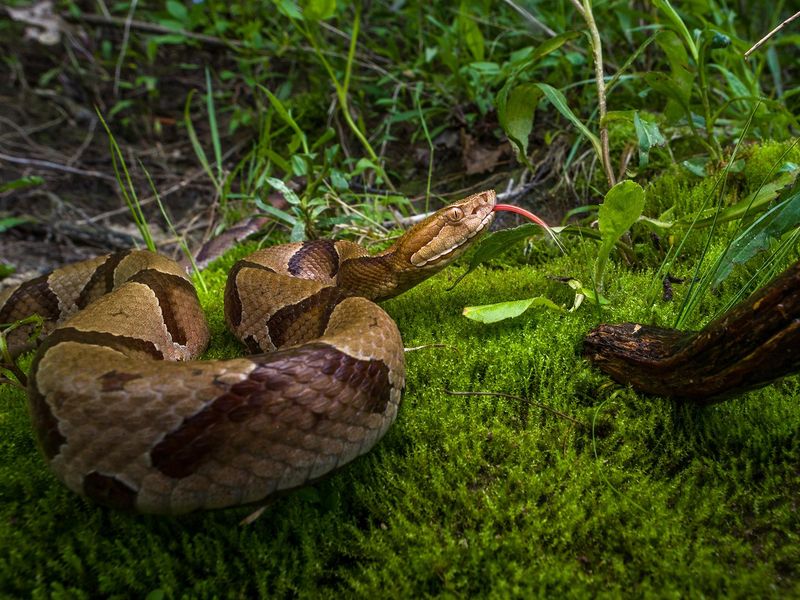
Mississippi’s abundant agricultural areas and rural fields create perfect hunting grounds for venomous snakes, particularly copperheads and timber rattlesnakes. The state’s combination of high humidity, tall grasses, and agricultural debris provides ideal cover for these reptiles.
Hikers exploring trails near the Natchez Trace or Mississippi’s state parks should pay particular attention to field edges where forest meets open ground. These transition zones often harbor higher snake populations due to increased prey availability.
When walking through Mississippi’s picturesque countryside, stick to well-maintained paths whenever possible. Tall grass conceals snakes effectively, making them nearly impossible to spot until you’re dangerously close. The eastern diamondback rattlesnake, though less common, also inhabits southern portions of the state, particularly in pine forests and near wetlands.
13. South Carolina Lowlands
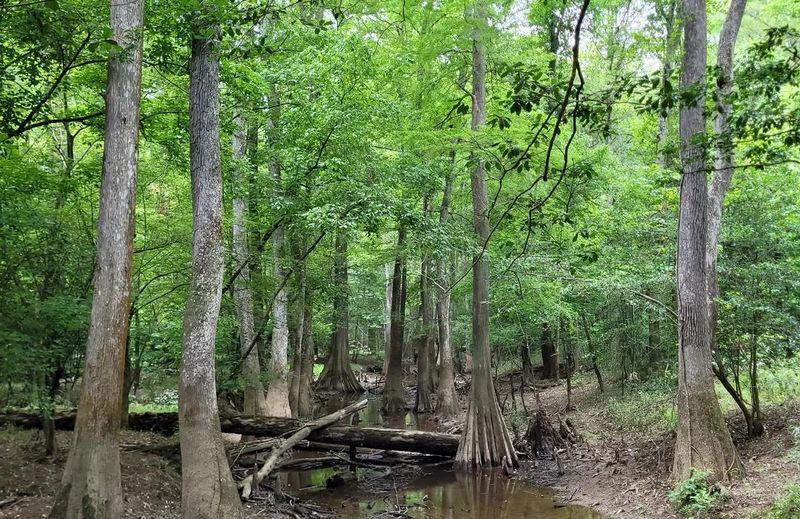
South Carolina’s lowland areas, particularly along the coastal plain, harbor all six of the state’s venomous snake species. The cottonmouth and eastern diamondback rattlesnake thrive in these humid environments with abundant water sources and prey.
Hikers exploring popular destinations like Congaree National Park or the Francis Marion National Forest face increased risk during warmer months. The lowlands’ combination of wetlands, pine forests, and subtropical vegetation creates perfect snake habitat.
During South Carolina adventures, pay special attention to trail edges near water sources and fallen timber. Cottonmouths frequently bask on partially submerged logs or along shorelines, while timber rattlesnakes prefer forest edges and brush piles. The state’s mild climate means snakes remain active for much of the year, though winter brings reduced encounters.
14. Carry a First Aid Kit (Safety Tip)
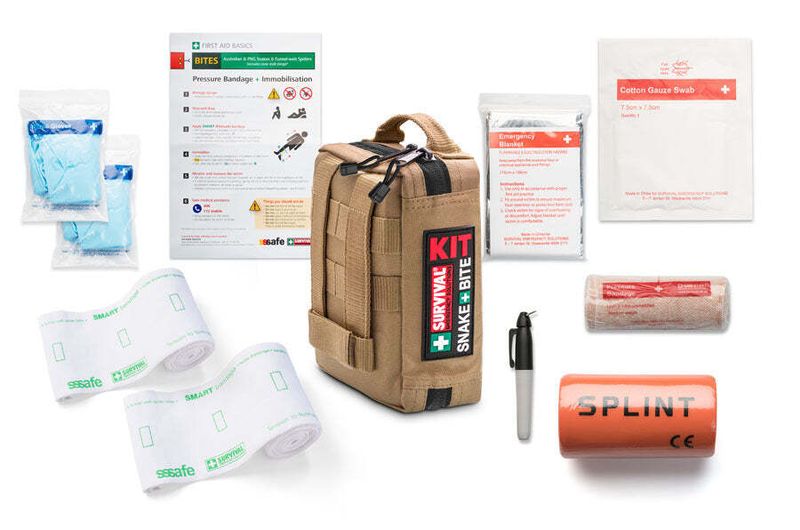
A specialized snakebite first aid kit can make a critical difference in the crucial minutes following an encounter. Your kit should contain compression bandages, a permanent marker to circle the bite area and track swelling, and basic wound-cleaning supplies.
Most importantly, include a way to contact emergency services – whether a satellite communicator, emergency beacon, or fully-charged phone. Many remote hiking areas lack cell coverage, making alternative communication essential.
I always recommend including antihistamines like Benadryl in your kit, as they may help slow venom absorption in some cases. Remember that outdated remedies like suction devices, tourniquets, or cutting the wound are dangerous and ineffective. Modern snakebite treatment focuses on reaching medical care quickly while keeping the victim calm.
15. Arkansas River Banks
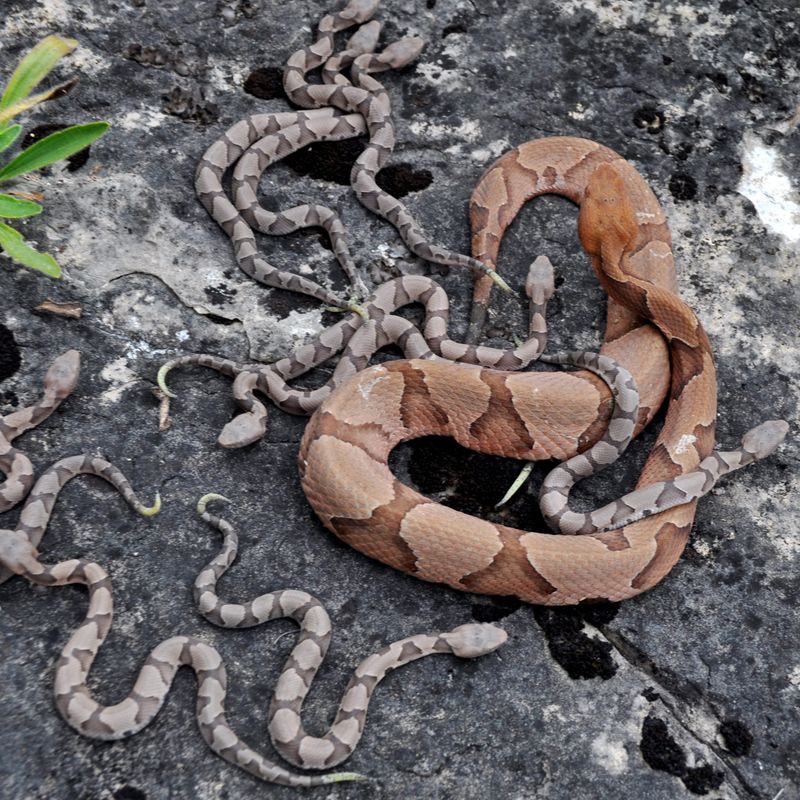
Arkansas’s extensive river systems create perfect habitats for water-loving venomous snakes, particularly cottonmouths and copperheads. The state’s combination of Ozark highlands and Mississippi Delta lowlands supports diverse snake populations that frequently concentrate along waterways.
Hikers exploring popular areas like the Buffalo National River or White River watersheds should exercise particular caution near shorelines and rocky outcroppings. These water-edge environments attract snakes seeking both prey and basking opportunities.
When navigating Arkansas’s scenic river trails, scan ahead constantly and use hiking poles to probe suspicious areas. The state’s nickname “The Natural State” reflects its relatively undeveloped wilderness areas, which provide abundant habitat for venomous species. Spring flooding often displaces snakes to higher ground, increasing encounter possibilities on riverside trails during this season.
16. Alabama Shaded Paths

Alabama’s diverse ecosystems support six venomous snake species, with copperheads most frequently encountered along shaded forest paths. The state’s combination of mountains, forests, and coastal plains creates varied habitats where different snake species thrive.
Hikers exploring popular destinations like Cheaha State Park or the Sipsey Wilderness should remain vigilant, especially on cooler days when snakes seek sunny spots on trails. The eastern diamondback rattlesnake, North America’s largest venomous snake, inhabits Alabama’s southern pine forests and coastal areas.
When trekking Alabama’s beautiful wilderness, pay close attention to fallen logs and leaf litter where snakes blend perfectly with their surroundings. The timber rattlesnake, though less common, inhabits the state’s mountainous northern regions, particularly around rock outcroppings that provide both hunting and hibernation sites.
17. Missouri Forest Clearings
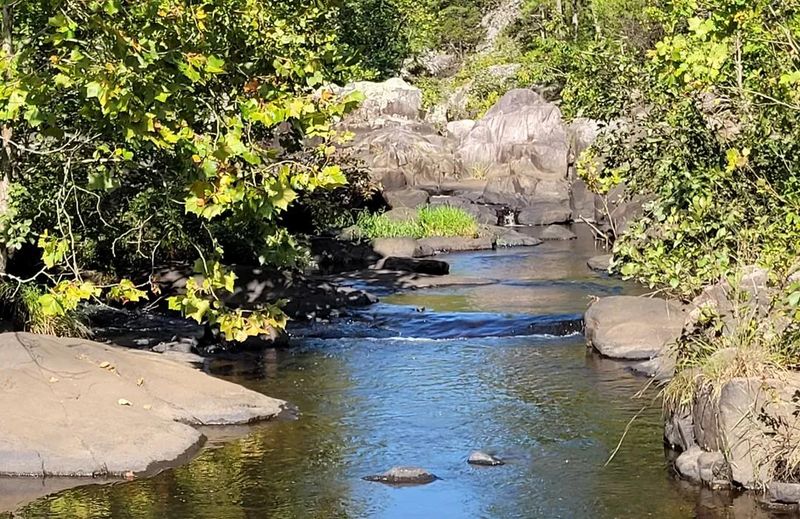
Missouri’s diverse landscape of forests, glades, and river systems harbors five venomous snake species, with copperheads causing most reported bites. The state’s forest clearings and glades create perfect hunting grounds for these ambush predators.
Hikers exploring popular areas like Mark Twain National Forest or the Ozark Trail should be especially careful when crossing sunny openings surrounded by forest. These transition areas attract snakes seeking both warmth and prey.
Though Missouri’s timber rattlesnakes have declined due to habitat loss, they still inhabit remote rocky areas of the state’s southern highlands. When hiking Missouri’s beautiful backcountry, watch for snakes basking on sun-warmed rocks or coiled at the base of trees. The state’s distinct seasons mean peak snake activity occurs during spring and fall, when moderate temperatures bring reptiles out in greater numbers.
